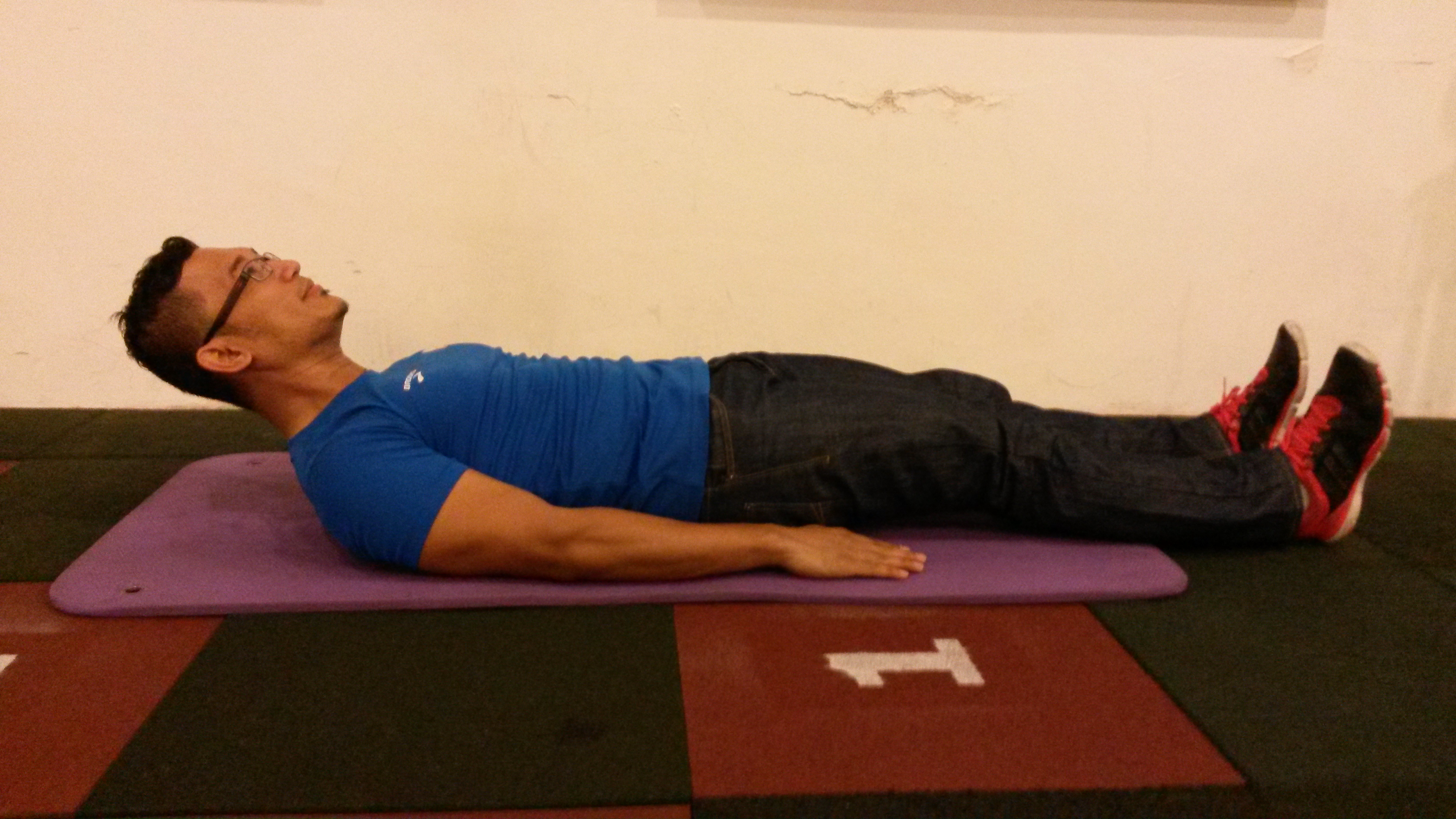Eating and drinking are some of the basic human needs. Humans require adequate nutrient and hydration in order to maintain proper functions of the body. However, there are some individuals who have lost the joy of eating and drinking due to complications of certain diseases. Patients who have swallowing disorders oftentimes face difficulties in chewing food or transferring it from the mouth to the stomach.
What causes swallowing disorders?
There are numerous causes for swallowing disorders, including:
- A brain injury following a stroke or accident
- Neurological disorder or disease
- Cancer of the head and/or neck
- Surgery on the structure of the mouth
- Babies or children born with a syndrome
What are the signs of a swallowing disorder?
Typically an individual who have a swallowing disorder will have difficulties in chewing or swallowing food or liquid. The following are some signs that can be looked out for when eating or drinking:
- Coughing during eating or drinking
- Drooling of saliva
- Difficulty chewing food or leftover food in the mouth after swallowing
- Taking an abnormally long time to finish a meal
- Food spilling out of the nostrils when eating
Can swallowing disorders be treated?
Yes, swallowing disorders can be treated. Before any treatment can commence, a patient is required to undergo an assessment to determine the cause and severity of his or her swallowing disorder. An appointment with a certified Speech Language Therapist (SLT) near you should be made so an initial assessment can be carried out.
Can all patients treated recover completely and eat normally again?
Not every patient who goes through rehabilitation can recover and eat orally again. The effectiveness of swallowing rehabilitation are dependent on a number of factors:
- Cause of swallowing disorder
- Severity of swallowing disorder
- Patient’s age
- Patient’s other medical conditions
- Patient’s motivation and social support from family and caregivers
How are swallowing disorders being treated?
Unlike other medical conditions, the treatment for swallowing disorder does not involved any medications. An individual with a swallowing disorder needs to undergo an intervention recommended by a certified Speech-Language Therapist (SLT).
Intervention for a swallowing disorder can be divided into two, which are the compensatory strategies and the rehabilitation techniques. A compensatory strategy is a strategy which is carried out to change the process of bolus (food or drink) transfer. It gives an immediate result without changing the physiology of swallowing.
On the other hand, a rehabilitation technique is an exercise or manoeuvre carried out to improve the physiology of swallowing in order to recover normal swallowing function.
What are examples of compensatory strategies? Can the intervention be done at home?
Compensatory strategies do not require the usage of any technological device, and only involve particular techniques during eating or drinking, body positioning, and food modification.
Yes, the intervention can be carried out at home, but remember! The patient will need recommendations from a certified SLT in order to choose the appropriate compensatory strategies to help him or her.
- Postural modification during a meal
Change the posture of the body to aid the process of food/drink transfer
This strategy enables the lowering of risk of aspiration (food or drink entering the lungs)
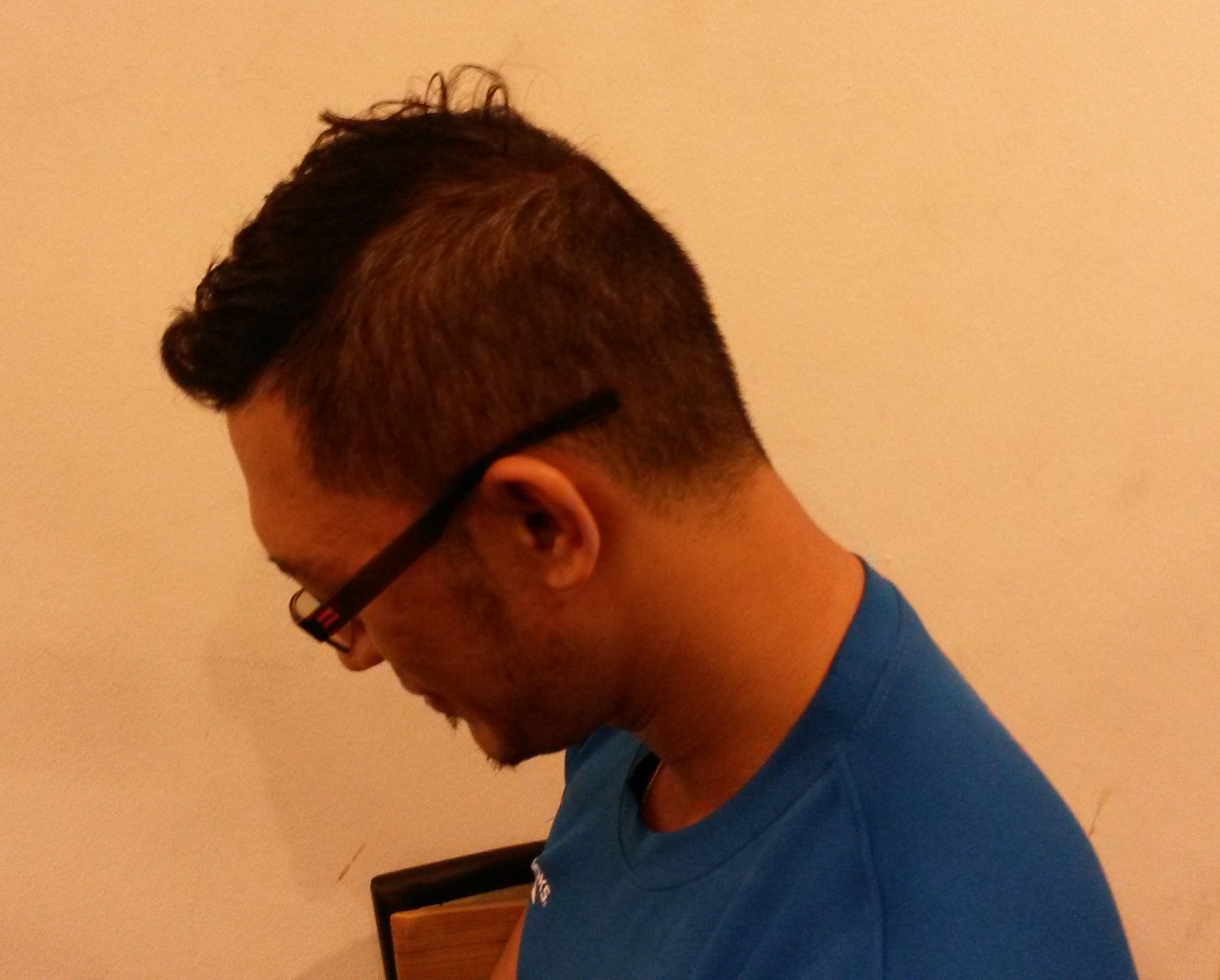
Chin tuck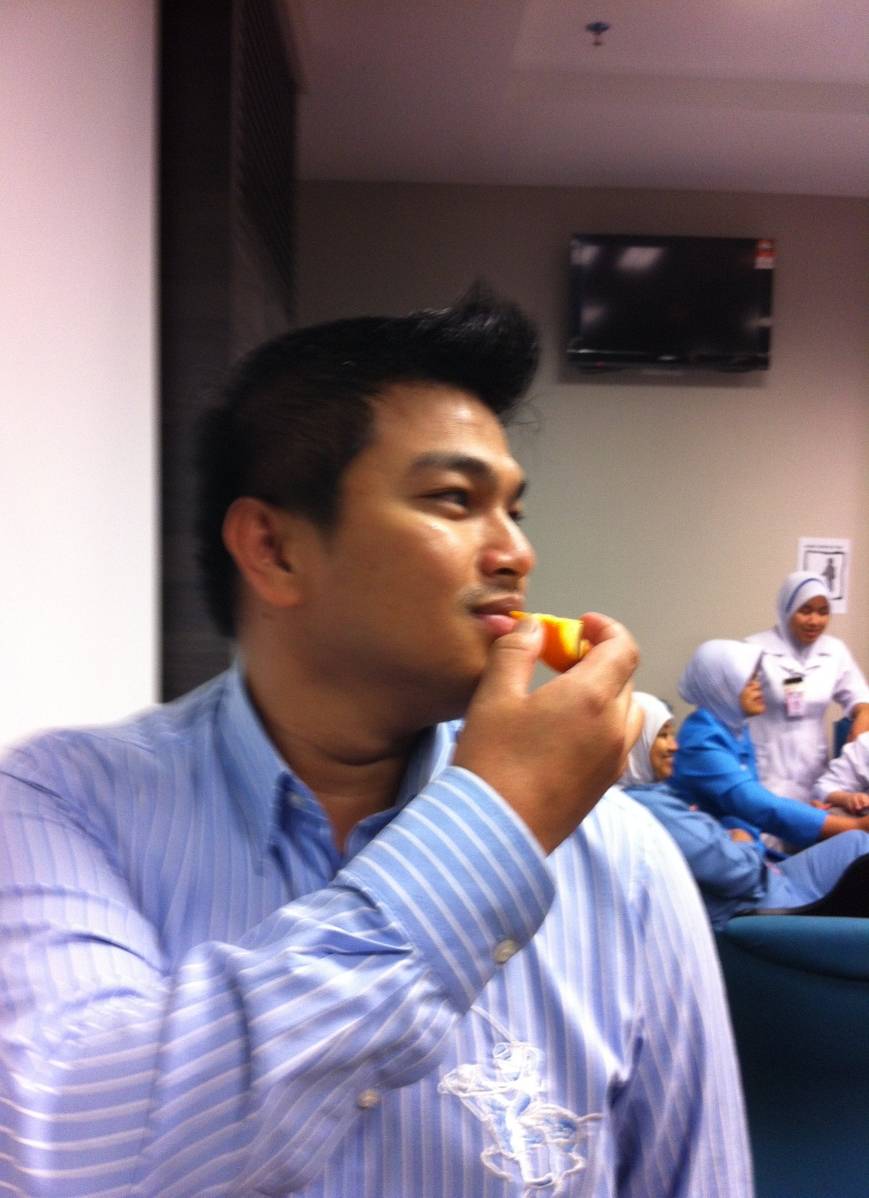
Head turn -
Behavioural modification during a meal
Strategies carried out by the patient while eating or drinking. It will ensure the patient is swallowing safely.
Swallowing multiple times may help in clearing any food residue in the throat. Alternating between food and water may also serve the same function.
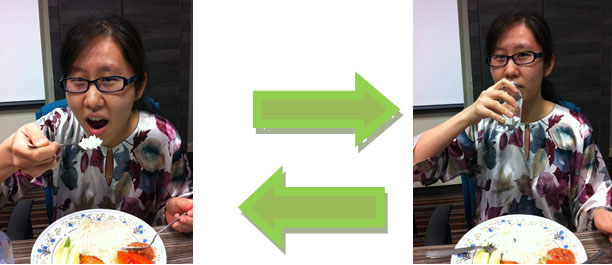
Alternating food with waterThe method of food delivery can also be modified to improve swallowing safety.
Drinking from a spoon instead of a cup will enable a patient to control the amount that is taken at one time. It may also help in extending swallowing time for the patient.
Modify feeding utensil
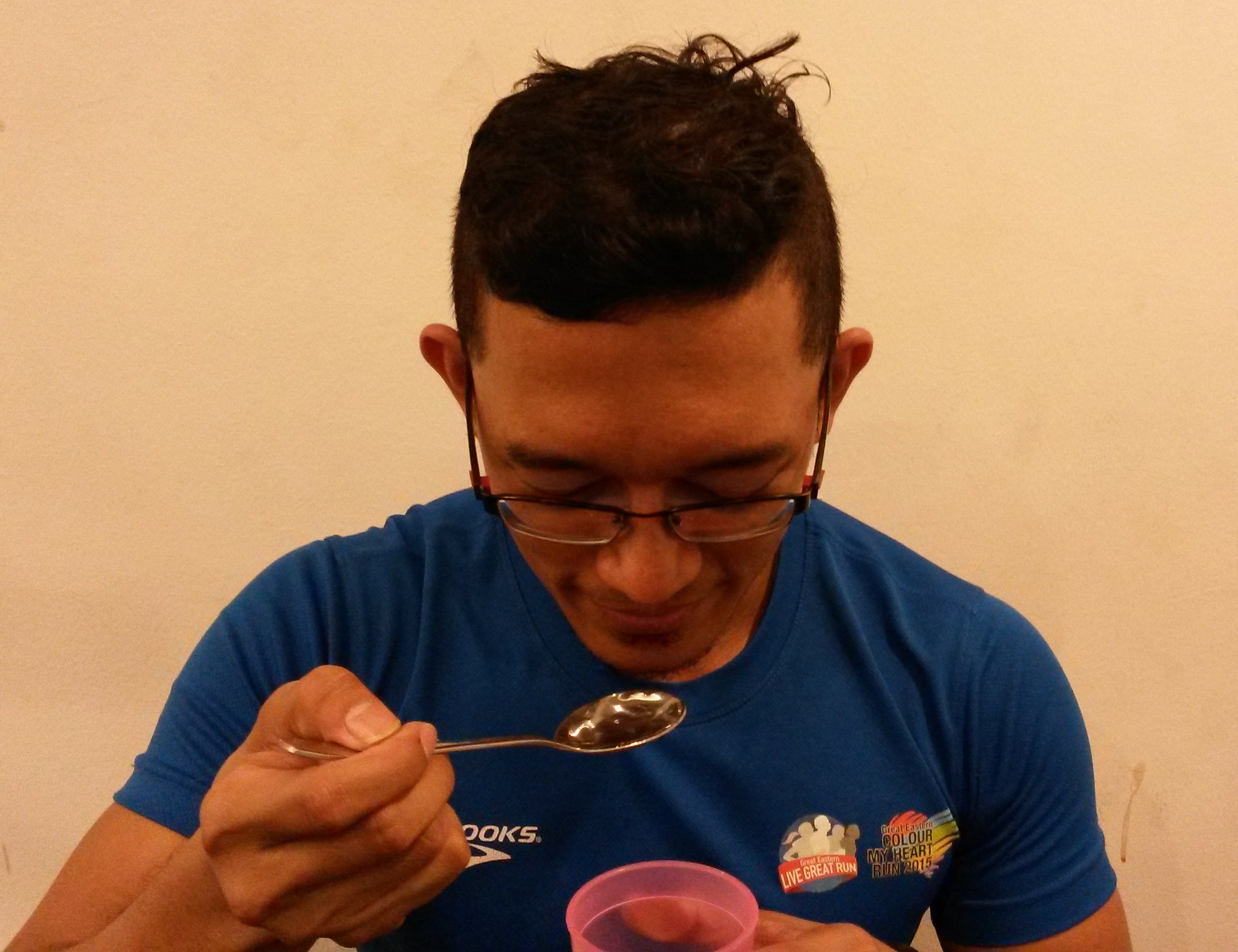
Drink using a spoon - Diet Modification
Modifying the consistency, temperature, or amount of food or drink within recommendations of the SLT and dietician will help in reducing the risk of aspiration.
How are rehabilitation techniques conducted?
Rehabilitation techniques are targeted towards specific muscle groups which have lost their original function for swallowing. Intervention are carried out in order to improve their functions and consequently restore the swallowing system.
|
Shaker’s excercise
|
Therapy Method
Sustained head lifting
|
|
Masako Excercise
|
The goal of the Masako exercise is to increase the strength of the muscles responsible for propelling food during swallowing. Therapy method
|
|
Supraglottic Swallow
|
The purpose of the supraglottic swallow is to voluntarily cover the airway, and clearing food residue in the larynx. Therapy method
|
|
Thermal stimulation Intervention for patients who have oral phase swallowing disorder. Stimulation may improve sensory function of the mouth and the swallowing reflex |
Therapy method
|
What are other alternatives to eating and drinking orally?
Patients who are unable to swallow safely orally are recommended to use a feeding tube which would be inserted nasally straight into the digestive tract. The use of a feeding tube would be prescribed by the doctor or SLT when a patient fails a swallowing test. Tube feeding is extremely important to ensure that the patient is receiving enough nutrition and hydration.
References
- Jeri A. Logemann, (1997). Evaluation and Treatment of Swallowing Disorder. Pro ed.
- Lizzy Marks & Deidre Rainbow, (2001). Working With Dysphagia. Speechmark, Publishing Ltd UK
- Jawatankuasa kerja Pegawai Pemulihan Perubatan (Pertuturan), (2014). Prosedur Operasi Standard Penjagaan Pesakit Dengan Kecelaruan Penelanan. Bahagian Sains Kesihatan Bersekutu, KKM
- Michelle Thomas, (2015). Exercise Based Therapy for the Treatment of Dysphagia, Retreived September 1, 2015 from http://medicine.utah.edu/pmr/conference/2015/presentations/exercised-based-dysphagia-therapy-michelle-thomas.pdf
- Jose Vega. Swallowing excercise for dysphagia therapy. Retreived September 1, 2015 from http://stroke.about.com/od/caregiverresources/qt/swallowxrcs.htm
| Last Reviewed | : | 28 August 2020 |
| Writer | : | Marina bt. Abdul Malek |
| Translator | : | Siti Suhana Mohd Khalid |
| Accreditor / Reviewer | : | Nadwah bt. Onwi |


